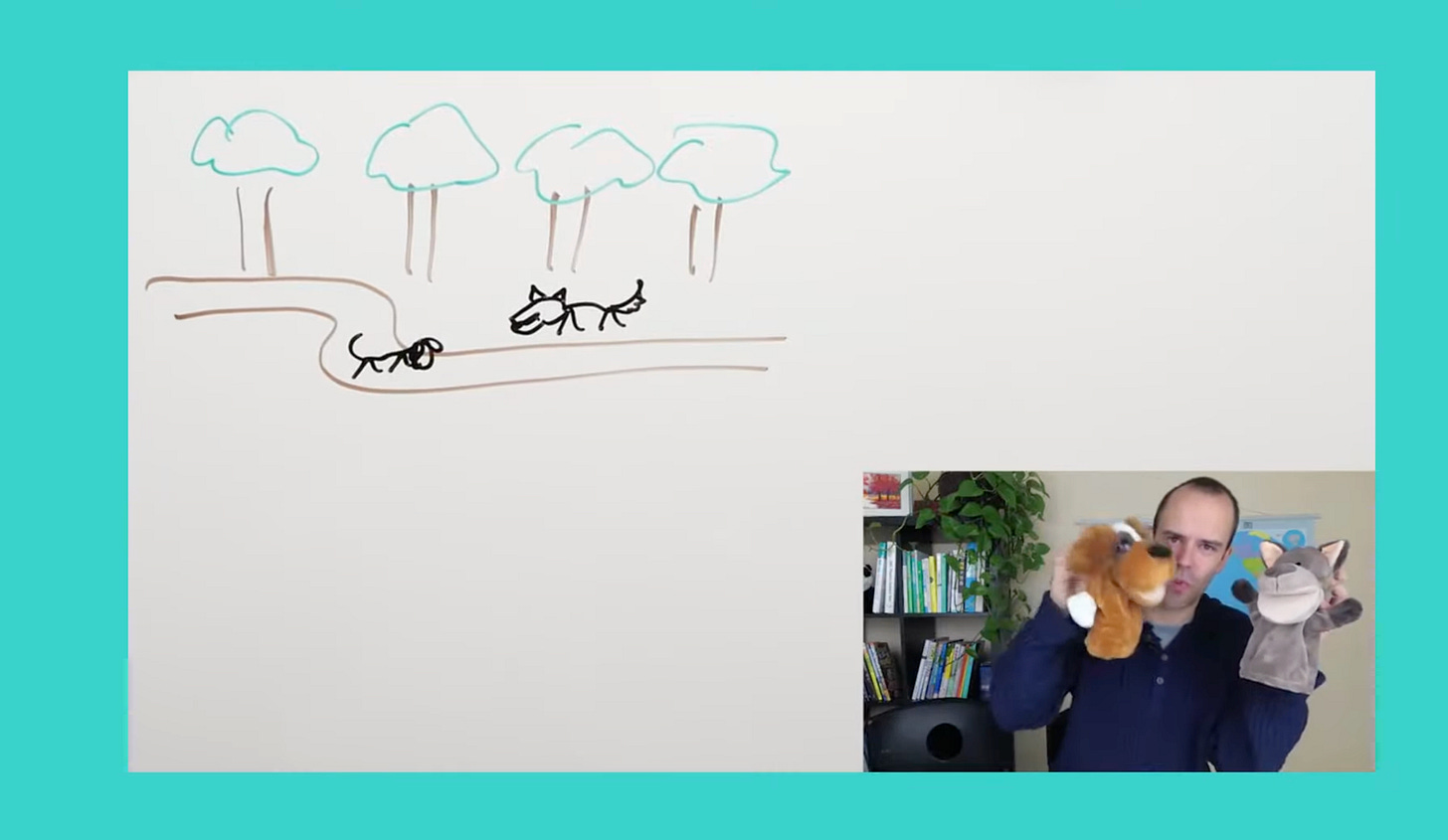Emily Lombardo | October 28, 2025
The Dreaming Spanish Edition
On fluency without grammar tables, listening like a child, and "comprehensible input."
Emily Lombardo (EL) is a writer and digital marketing strategist based in NYC.
Emily here. As an adult, I’ve taken a few language classes that have gone nowhere. Even time spent in intermediate or advanced classes was wasted, as teachers frequently switched back to English to explain grammar points, literally translate words for students, or spent the whole period reviewing homework questions and situational role-plays that would never happen in real life.
Then I found Dreaming Spanish. Dreaming Spanish wants to change how we learn a new language. In fact, it wants to replicate how we learned our very first language as children: Through immersion and simply listening. Promising fluency in Spanish without grammar drills, outdated vocabulary, or chanting conjugations, it only asks you to listen.
The first videos posted on YouTube in 2017 were bare bones—founder Pablo Román sitting in a Bangkok park with a whiteboard, talking about whatever he wanted. Now, Dreaming Spanish has thousands of videos filmed with 14 native Spanish-speaking “hosts.”
People who have never learned a word of Spanish start with their Superbeginner classes, then work their way up through Beginner, Intermediate, and Advanced levels.
Why is this interesting?
Dreaming Spanish’s immersion approach is based on the idea of “comprehensible input,” a concept coined by linguist Stephen Krashen in the 1970s as part of his ‘Input Hypothesis,’ which observed how native speakers learned language as children through hours and hours of understandable input.
The research resonated with Román, who had spent years learning English in school with very little to show for it. His English only improved after high school, when he started watching English-language TV shows, podcasts, YouTube videos, and books. Since then, he’s learned also learned Japanese and Thai through nontraditional methods.
But following Krashen’s research means you can’t listen to just anything for this to work. The input source has to be slightly more advanced than your current level. You also can’t have it on in the background. According to the Dreaming Spanish roadmap, it must be intentional, and the hours invested have to be in the thousands.
It’s been working for me: Dreaming Spanish has been invaluable in getting me from what was truly zero Spanish language ability to a conversational level. If you’ve ever wanted to say more than ¿Dónde está la biblioteca? in Spanish, but have struggled to get over the line so far, then what’s 1,500 hours of your time? (EL)
